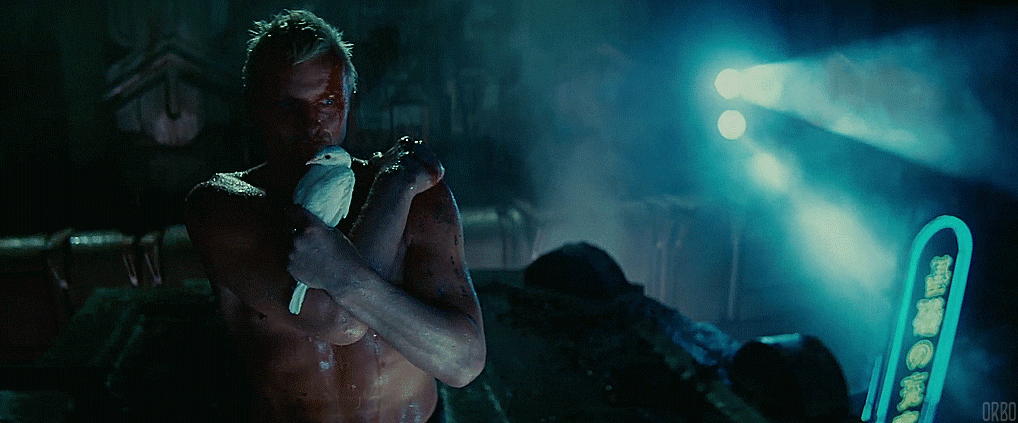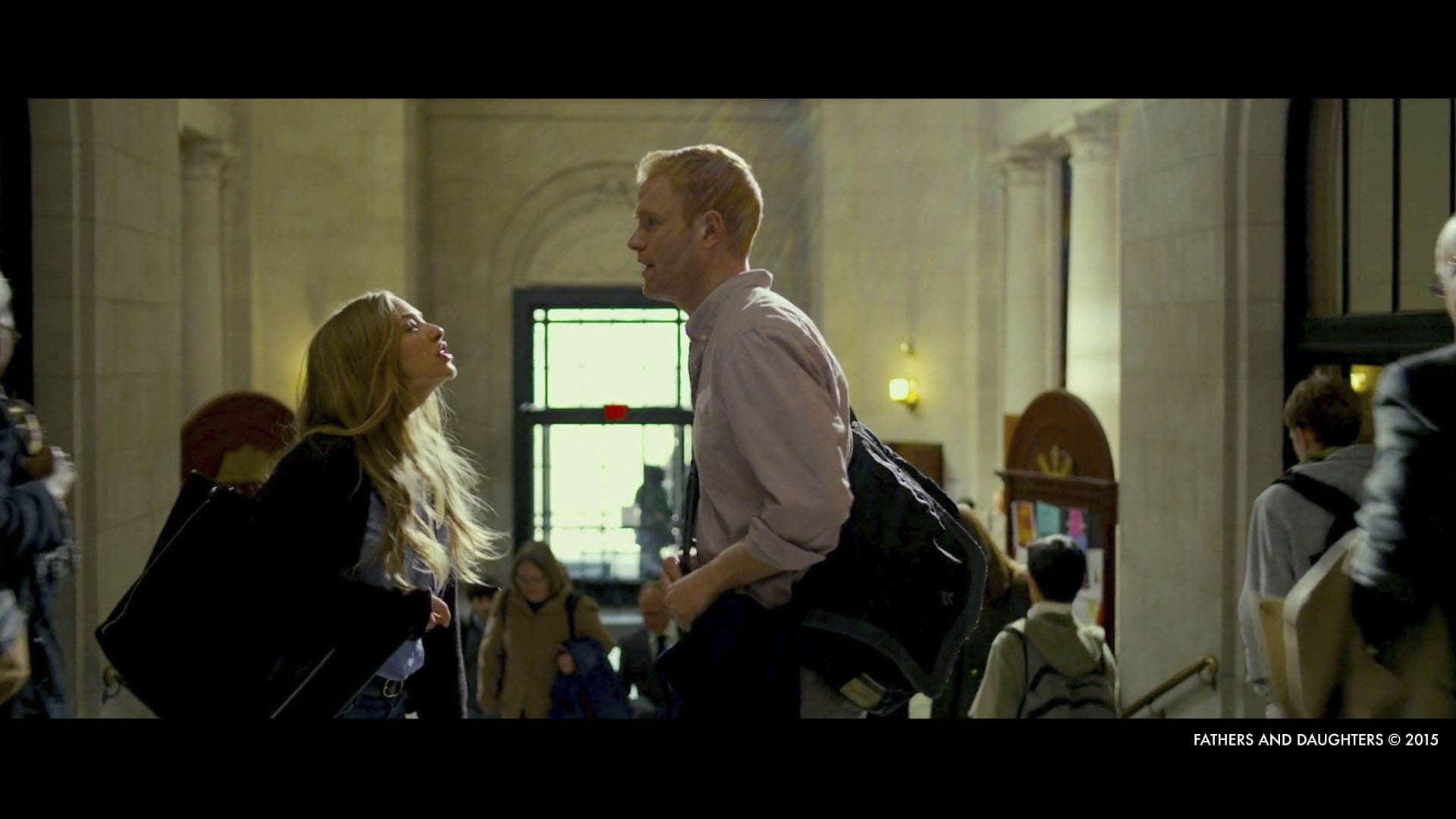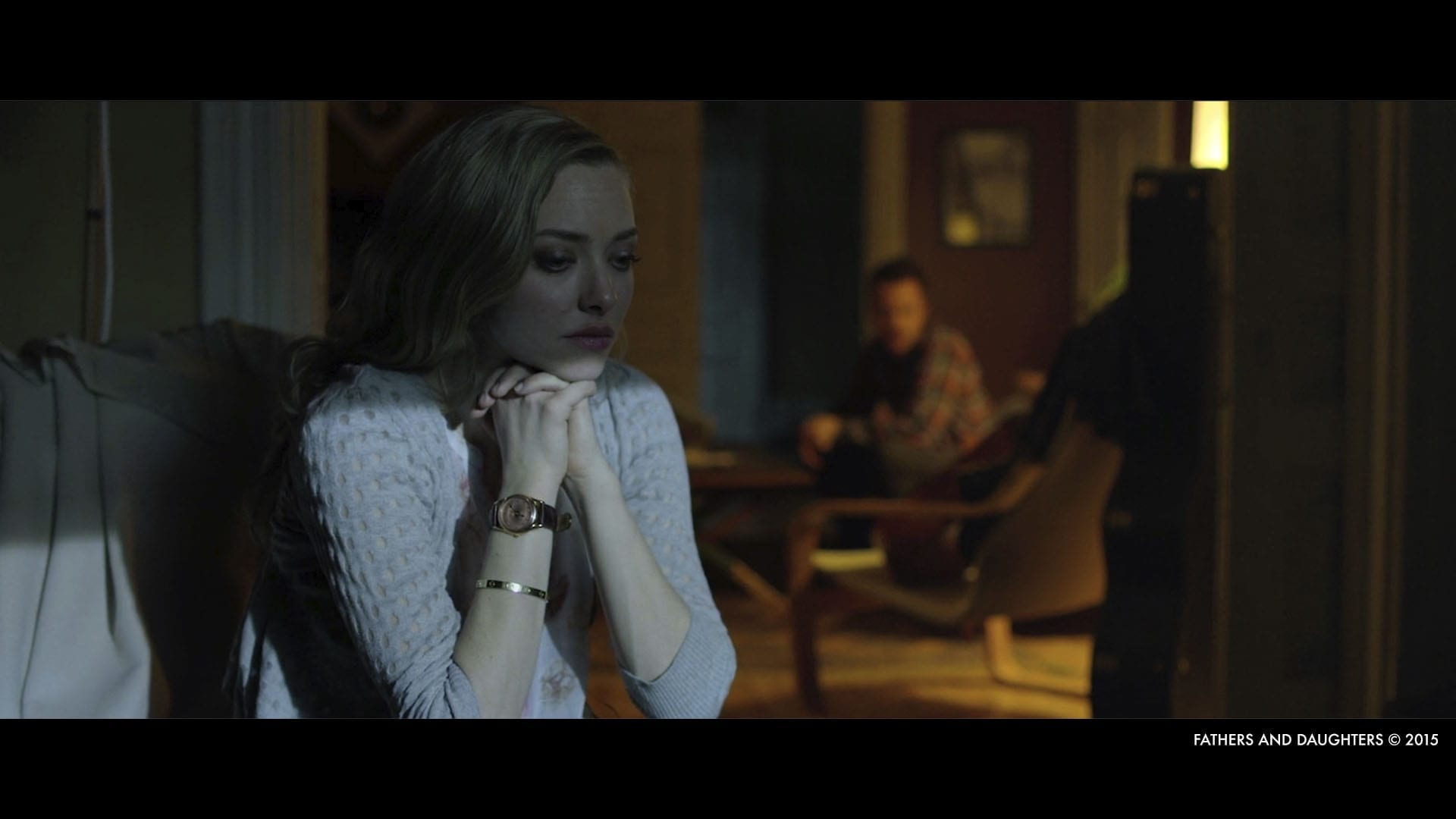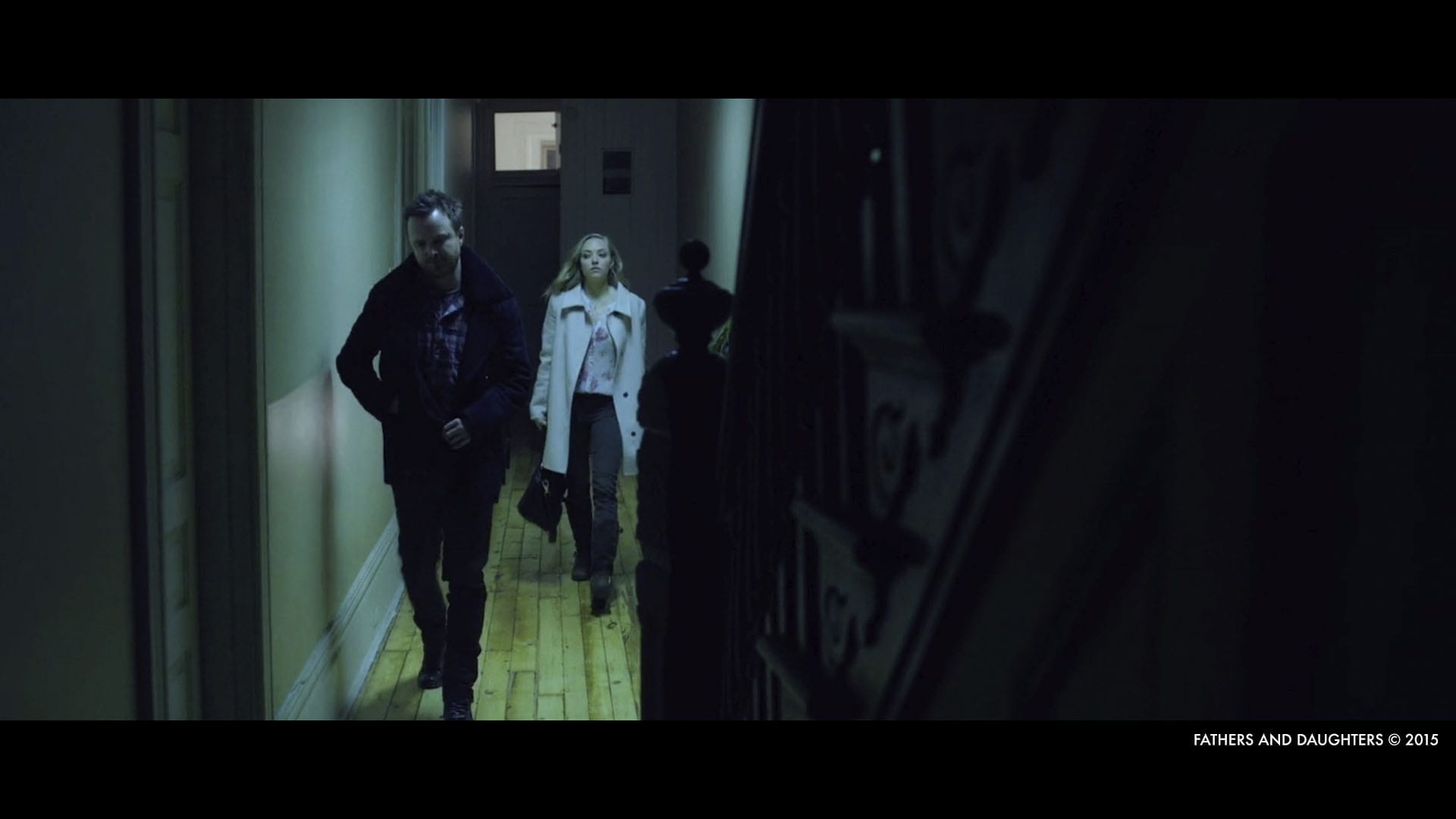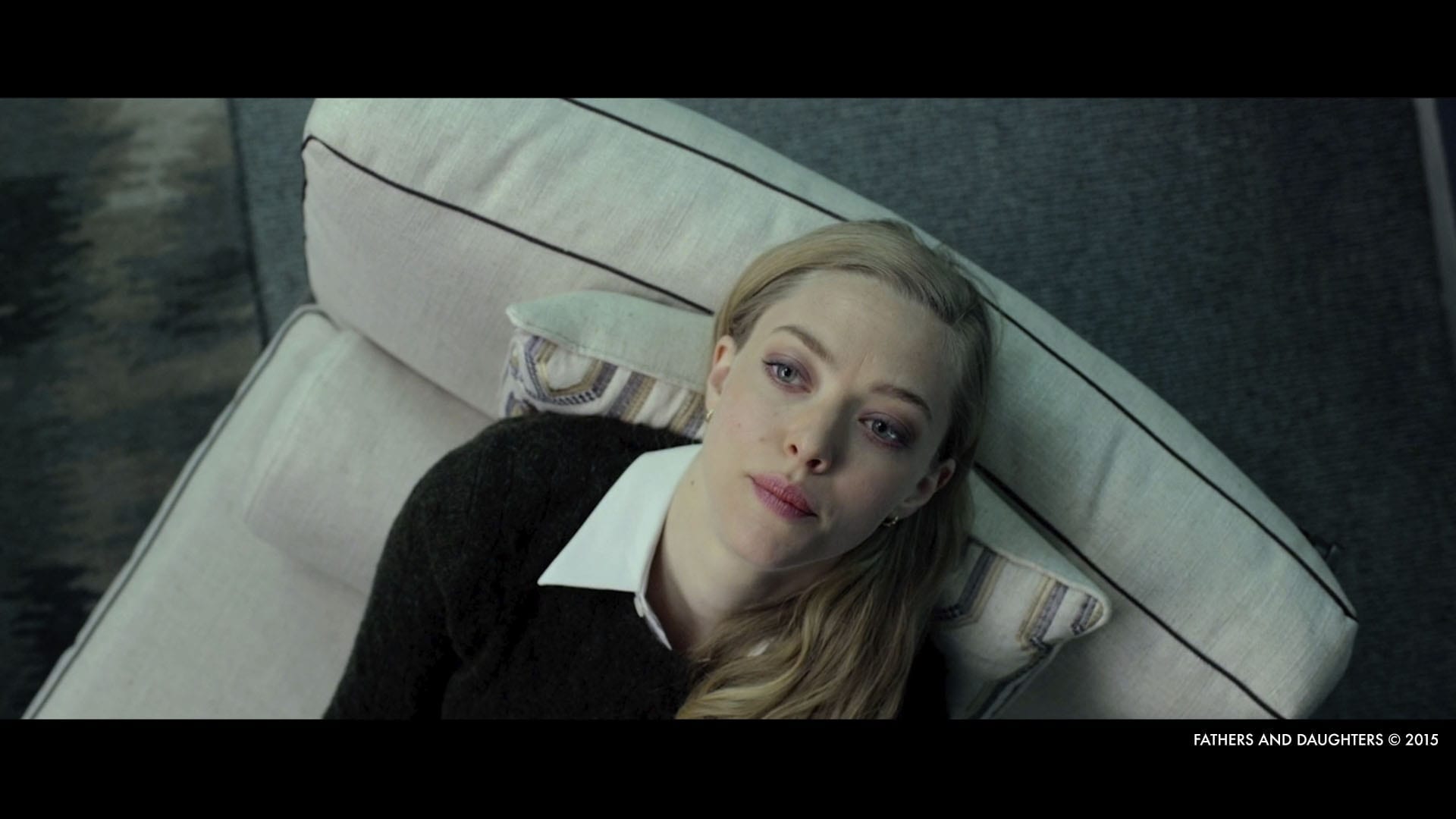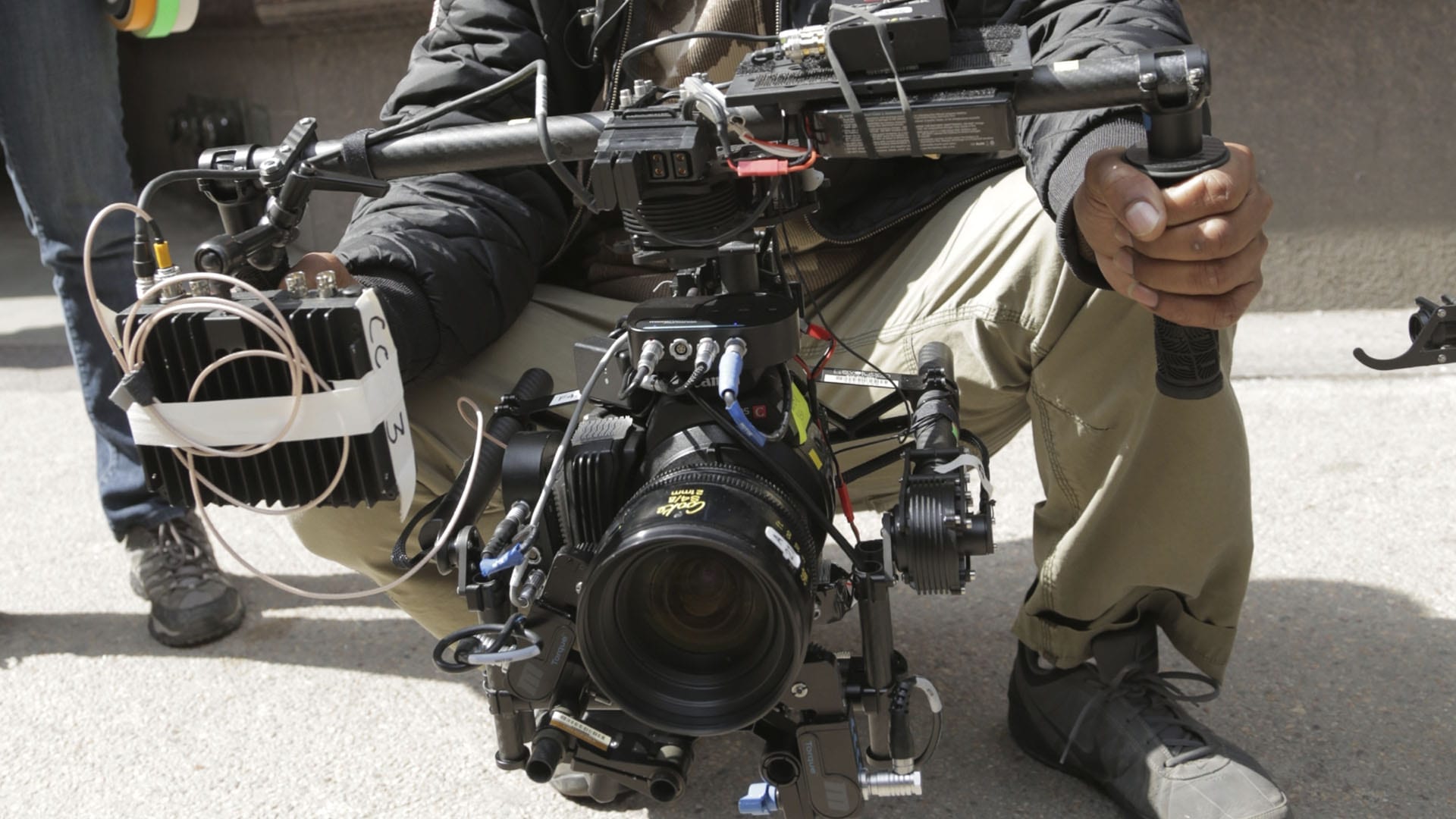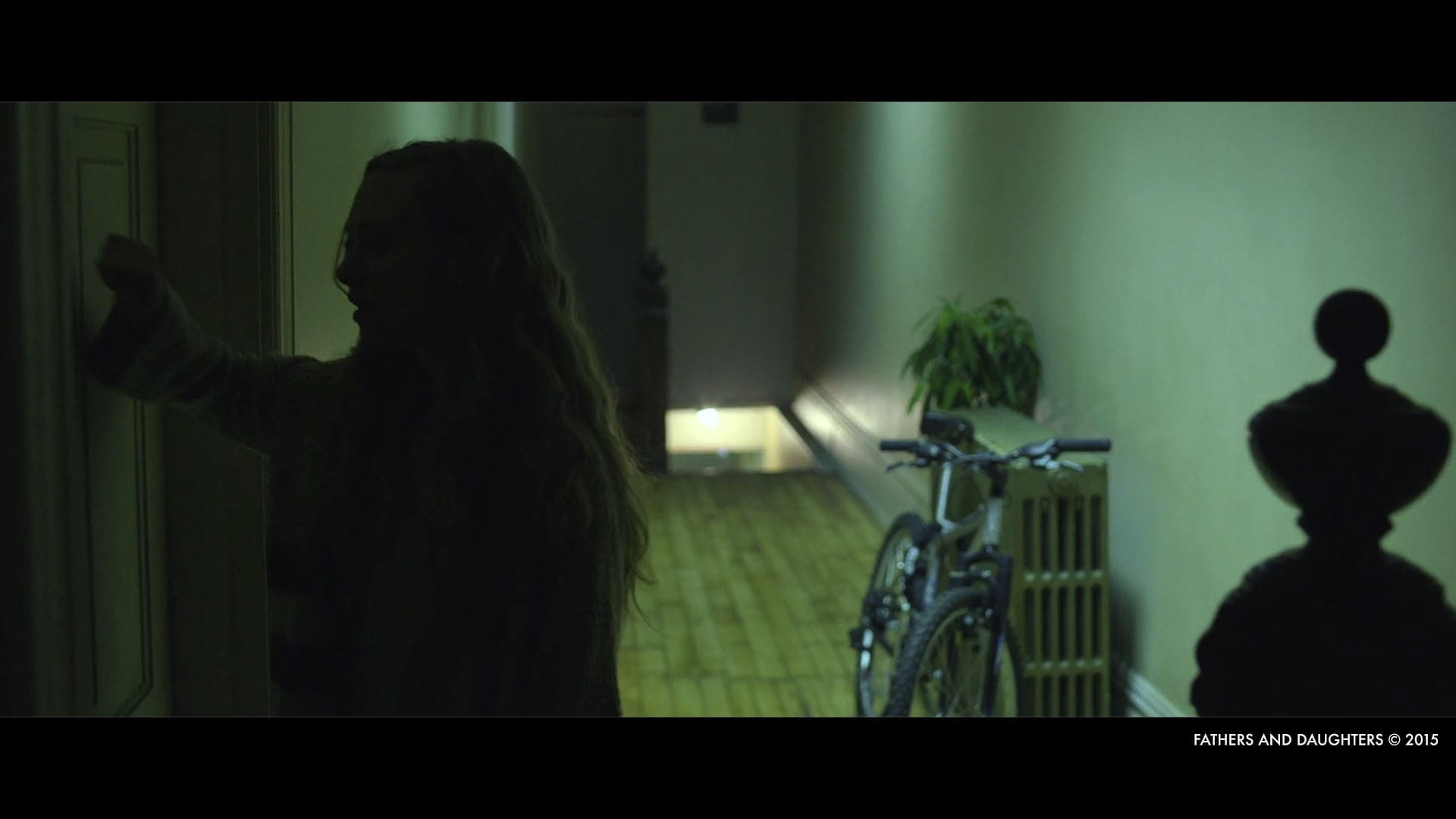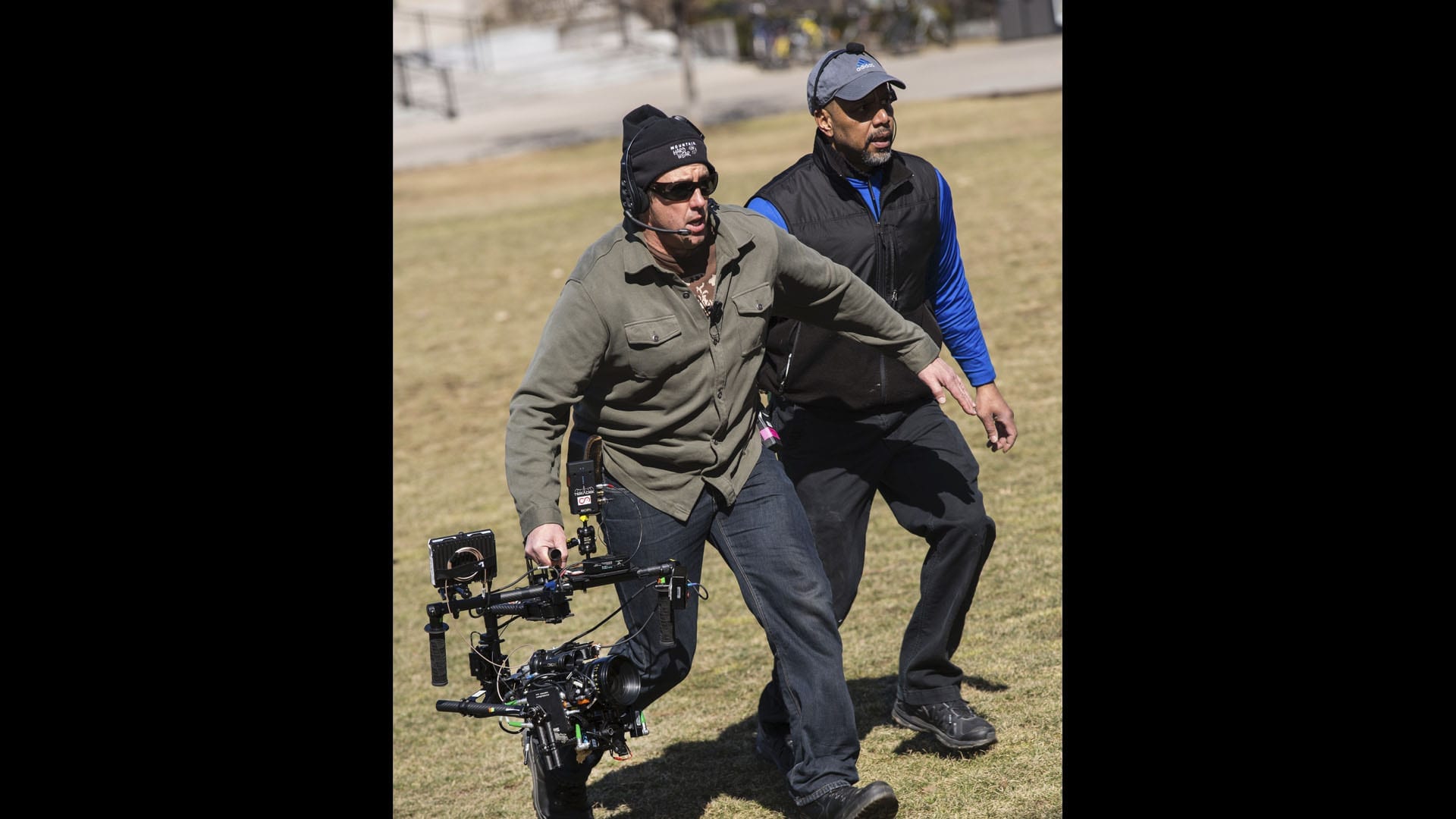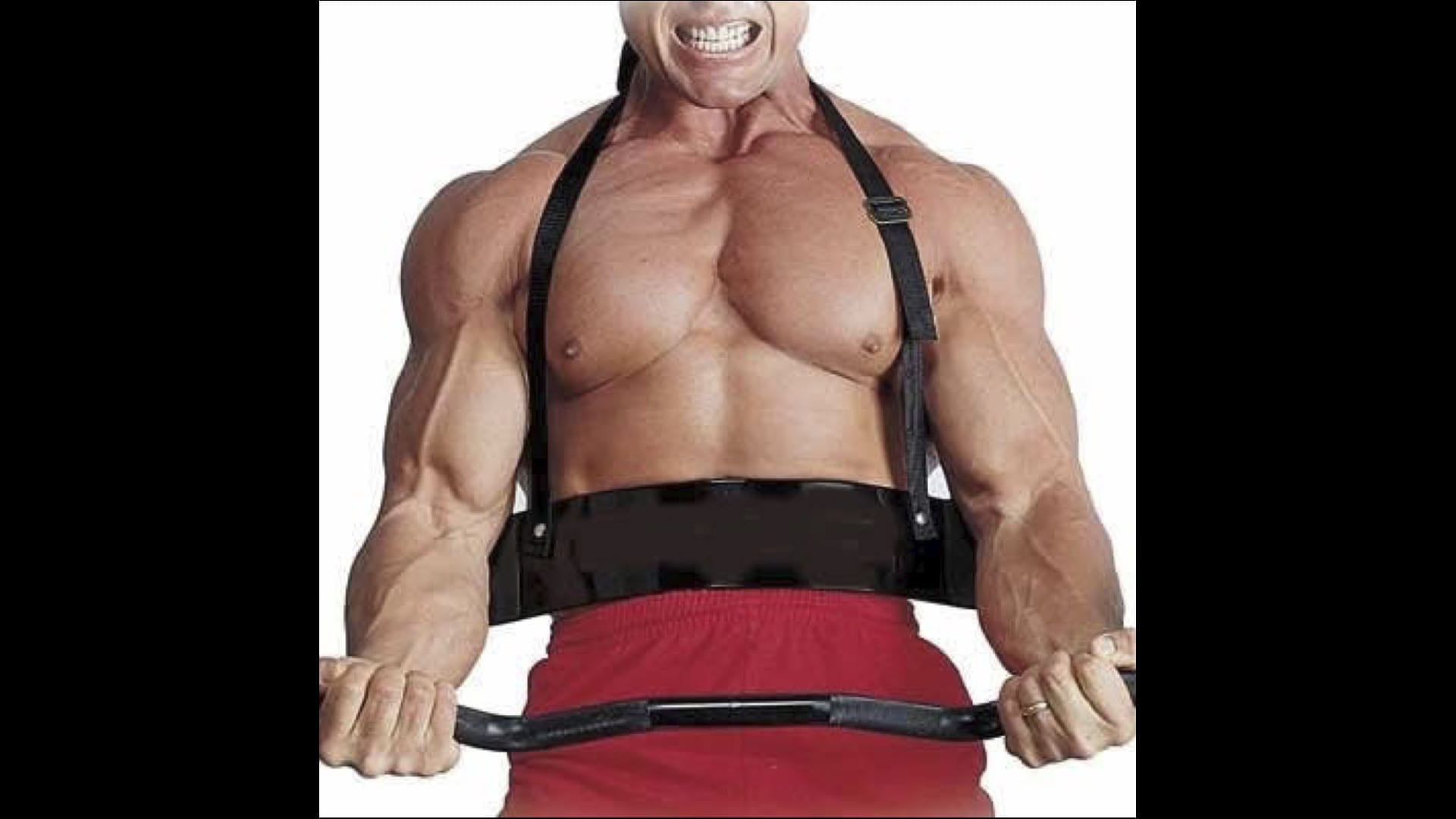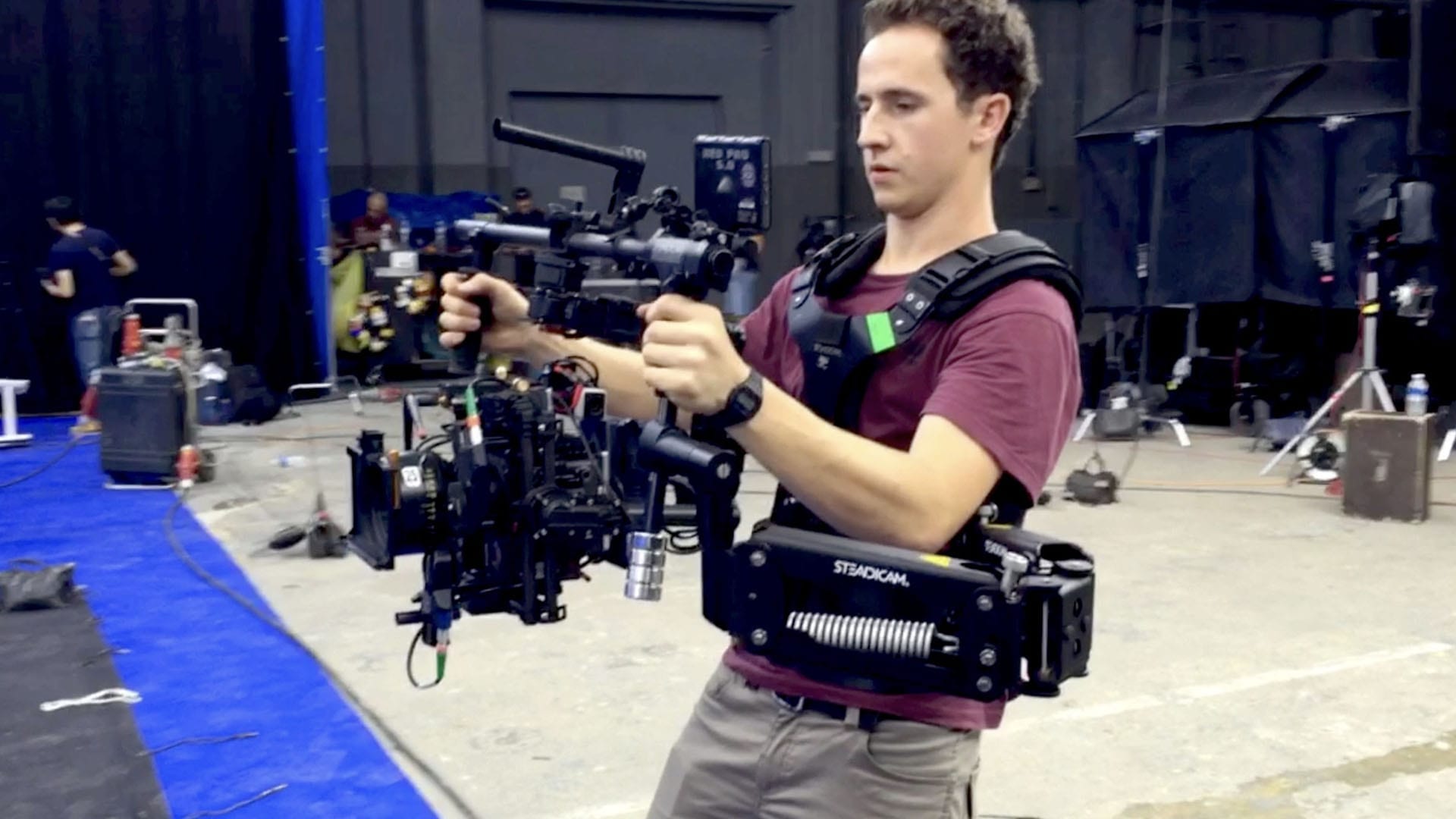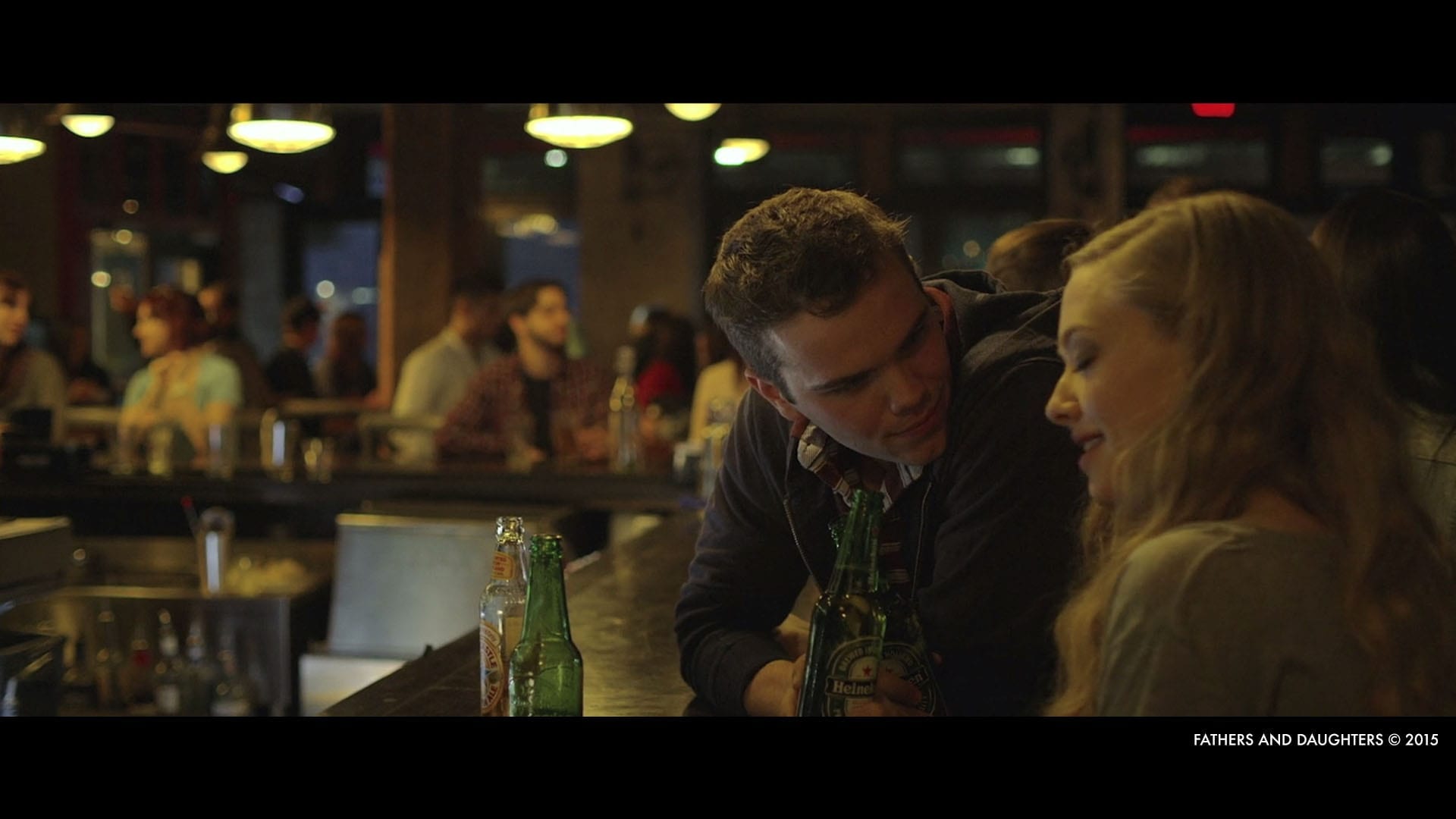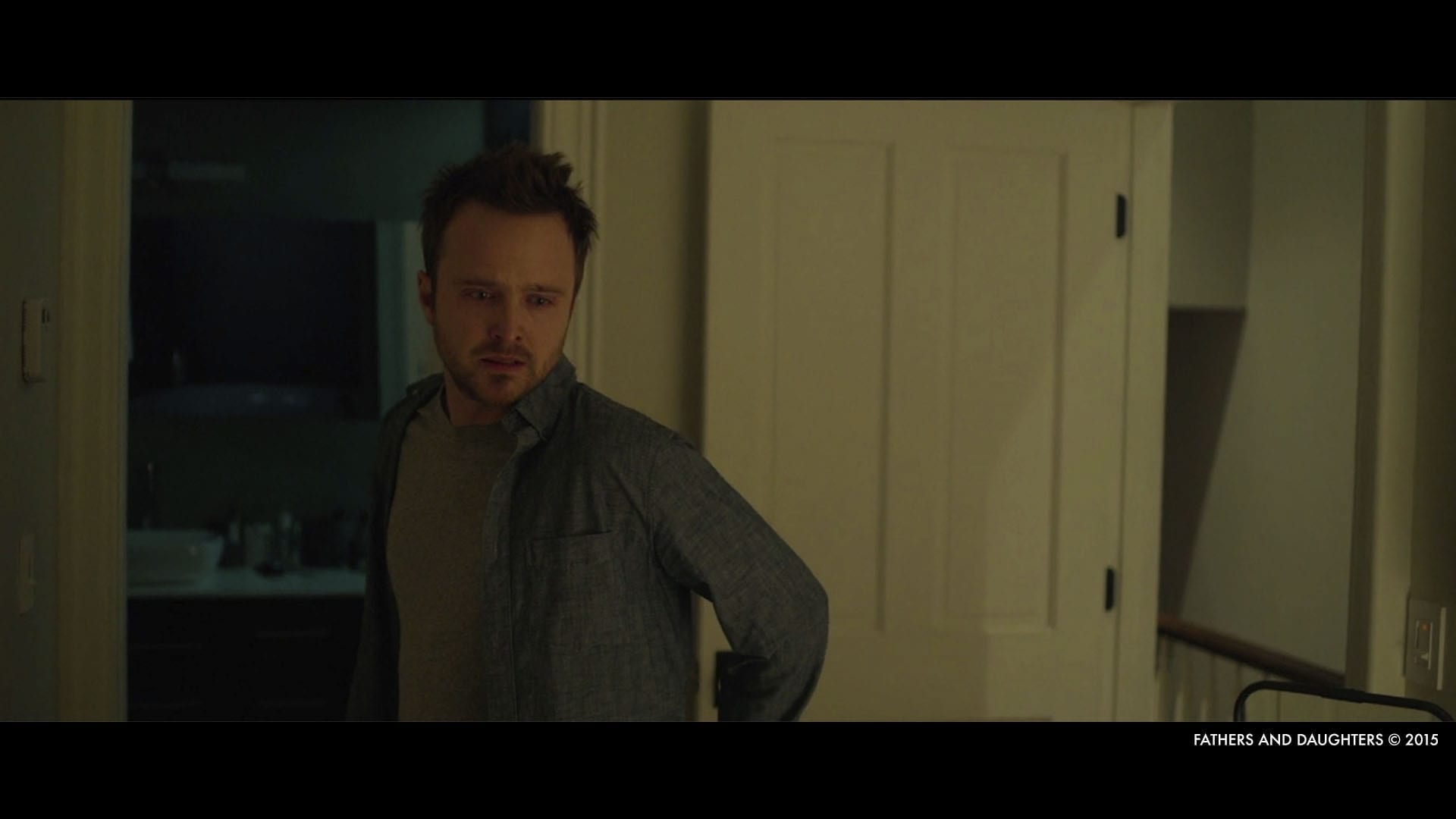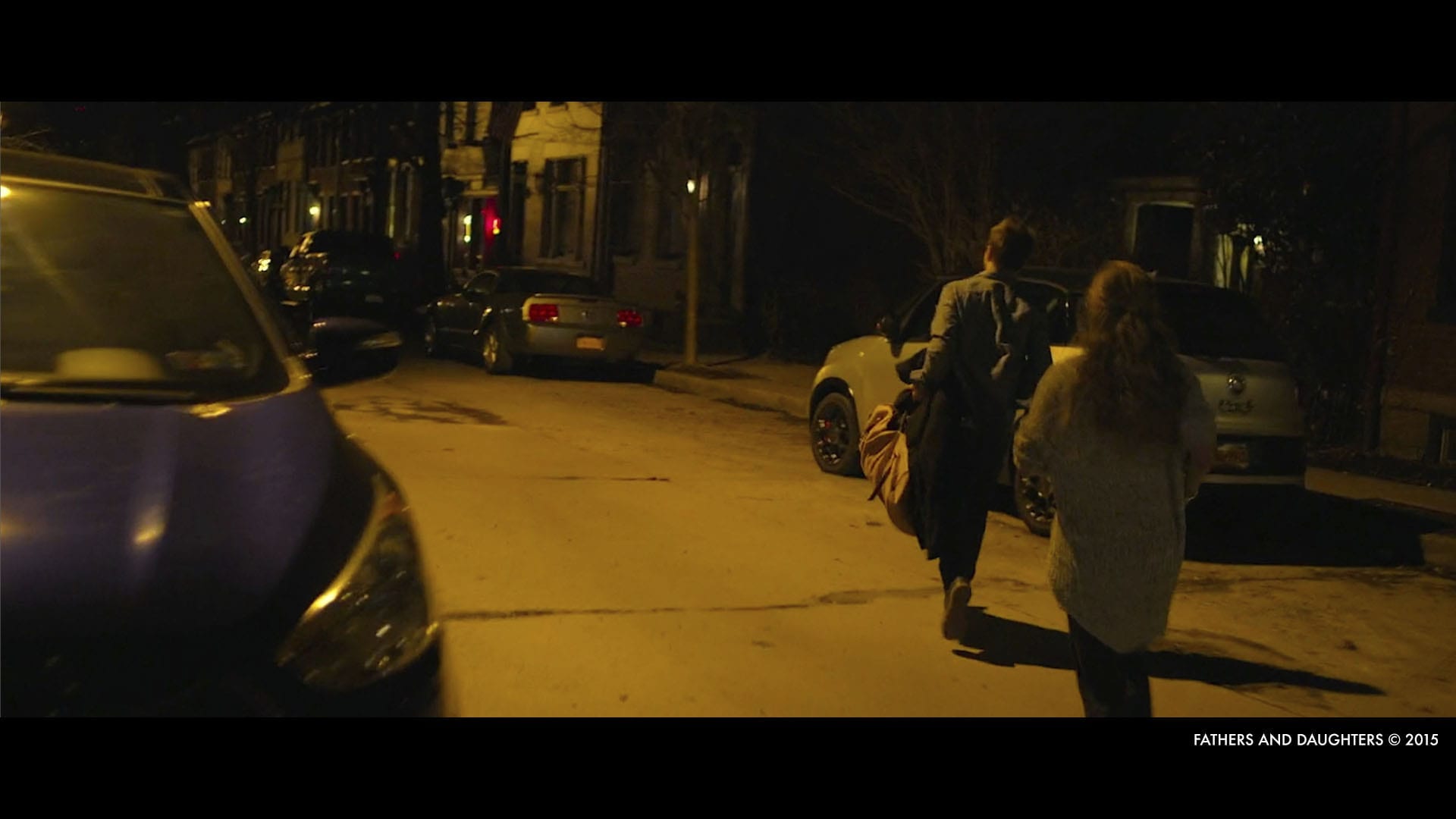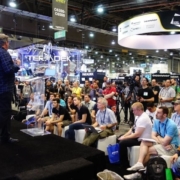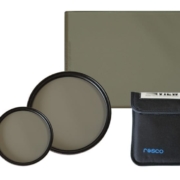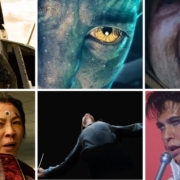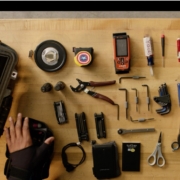Camera Emotion – Creating a Look Part 3: Establishing Time Periods
I was invited to speak at the Tiffen Booth at NAB Show 2017 about filmmaking. I wanted to share some important concepts I’ve learned and honed about the use of camera and telling your story. Here’s part 3 of what I shared with the audience, and now with all of you. Lets focus on adding camera emotion with the use of filters. Enjoy!
I didn’t want the shift from 1989 to 2014 in Fathers and Daughters to be a radical shift, but I did want it to feel different. 2014 had to feel temporary, lean, crisp, sharp. We would not use Suede or Black Glimmer Glass for any scenes in 2014 so as to set it apart from our 1989 look. You can see it here. There’s no yellow from the Antique Suede.
The camera style would be much more contemporary and forward-thinking. There would be many one shot sequences with oblique angles for 2014. With Russell Crowe we were going to do a much more classic style. When we went to Amanda Seyfried in 2014 the camera had a much different emotion. Everything is different.
We created a taxi cab sequence. The director came to me and he said I really want the audience to feel like they can’t escape.
They can’t escape the magnifying glass that Aaron Paul is putting Amanda Seyfried under. How do we do that?
Well one way to do that from an emotional point of view is to never cut. The audience doesn’t have an escape to a wide shot or a close up or an OTS. They’re always in the scene with the characters.
In a sequence in the movie, Aaron Paul and and Amanda Seyfried are heading to Aaron’s parents’ house. On the walk to the train station, Amanda Seyfried starts to put 2 and 2 together and she’s not having this. She’s a person who has never been loved, she has no foundation, and she is a 1-night-stander. From a visual storyteller-perspective, how can we achieve that?
“Taking an actor’s performance even higher is dependent on the camera and how it makes the audience feel”
We came up with this taxicab shot for this story point. What we did is took our MoVI and shrunk it. We made it as compact as we could so that it could pass through the taxi window smoothly. When they went to get into the taxicab, the camera went right in with them. When they ran out of the taxicab, the camera left with them. This is immersing an audience.
Our taxi MoVI clip from Fathers and Daughters
Staying with them throughout the scene helps create this magnifying glass on Amanda. Aaron Paul is rifling down on her and this helps the audience feel it. The camera emotion is so important.
Our Katie would never be centered. She would be framed either left or right.
The camera emotion would be driven by the character Katie, who is not a grounded human. She is disconnected, not able to love or be loved, and is alone and distant. She lost her dad at 9 or 10 years old and never felt loved at that point.
My big question was, how could the camera portray that? How, as a cinematographer and as a storyteller, could I infuse a camera emotion onto this character in order to help take her performance even higher? That’s the job of the director and the director of photography. It’s all about taking an actor’s performance just another notch higher based on how the camera makes the audience feel.
The camera needed to feel this way too: never settling and disconnected from what we know as classic. It was a camera that was never grounded, not on a dolly and never happy with its framing.
We turned to the MoVI for that camera emotion. This system was new at the time – not many people had seen anything like it before in a feature film. The energy of what this camera could do was unique. The MoVI was released late 2013 and I was using it February 2014.
We would take it handheld – that gave us such energy. In this one 2014 scene with Katie, I rifle through an on-campus experience. I slam into a close-up, and then we cut into an OTS. The energy is electric. The camera is never happy with its frame. It creates this feeling of having a foundation built of sand.
Amanda’s character foundation was sand. It was not brick, it was not mortar. It was sand. The MoVI allowed us to mimic that feeling as a camera emotion perfectly. We could float around with it. It was important that the 2014 energy was not a steadicam float but rather a high energy MoVI float. We let the camera tell the story.
My MoVI push in on Katie
If you’re going to be doing a lot of 4 or 5 minute scenes on the MoVI then you’re going to have to be a bodybuilder.
Or, you can use one of the great tools out there built just for this purpose. We turned to Tiffen for the Steadimate. This allows you to use the Steadicam vest and arm to support the gimbal weight. This helps create incredibly smooth shots and extends an operator’s stamina. It enables you to move very effectively.
You can go in for over-the-shoulders no problem, inserts, etc. You can go from low to high with minimal effort allowing you to better tell the story. 5 page MoVI dialogue scenes? Not a problem.
I had a 5 page dialogue scene that took place in a bar in Fathers and Daughters. It was long, but I still wanted that camera emotion. I still wanted the MoVI feeling like Amanda was in sand. The gimbal was on the Tiffen Steadimate to support the system, but the MoVI was in majestic mode. It was not an exact science, but that was exactly what I wanted. I wanted you to feel like there was no foundation.
This next scene is a “no escape” scenario. It’s all about trapping an audience. We trapped you in a car before and now we’re going to trap you in a house. We box you in with 1 shot where you’re not going to be able to breathe.
When you get into an emotional scene, such as a fight, what I like to do is surround the audience with the emotion. Dunk you right in there. Gabriele Muccino is amazing at this. It’s like VR but not being VR. The emotion swirls around you and you are immersed in it.
Let me set it up.
We have Amanda Seyfried and she is freaking out. She knows she loves Aaron Paul. Aaron Paul has told her that he loves her. She’s never felt these emotions happening before and doesn’t know how to handle them. She goes to a bar, gets drunk, and takes a guy home for a one night stand. Just business as usual for her. She was just with this guy 20 minutes prior to Aaron Paul walking in the door to her place. He walks upstairs and finds the evidence. You can see it on her face – she knows something is going to happen.
Something amazing happened on take 3. When he threw the condom at her, it stuck right to her chest like a scarlet letter. It just hung there. I’m watching on the monitor all excited about it. I radio in to the camera op and said, Buzz, if you screw up this take I’m coming for you! It was a completely serendipitous moment that happened.
Then she runs upstairs after him. They go into the bathroom and fight as he packs up his stuff. They go into the bedroom and fight in there. They come to the top of the stairs and have this moment. They come down the stairs, run down the stairs, and outside. This massive fight happens in the middle of the street and then he leaves her. All 1 shot. No escape, nowhere to go.
The fight scene between Aaron Paul and Amanda Seyfried
The look for 2014 in Fathers and Daughters had to feel temporary, lean, crisp, sharp. There would not be any yellow from the Tiffen Antique Suede filtration. The camera emotion has to speak for each character. Taking an actor’s performance even higher is dependent on the camera and how it makes the audience feel. We cannot leave that to only the look of the film itself. We turned to the MoVI for that camera emotion and it worked beautifully in this film.
